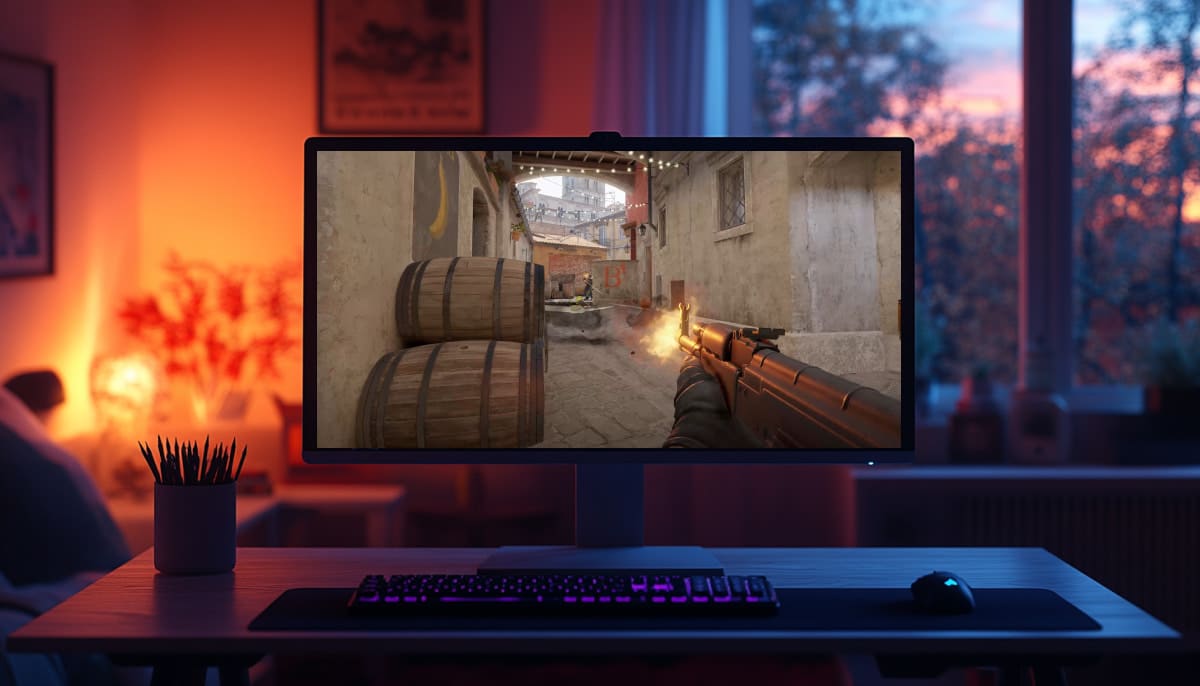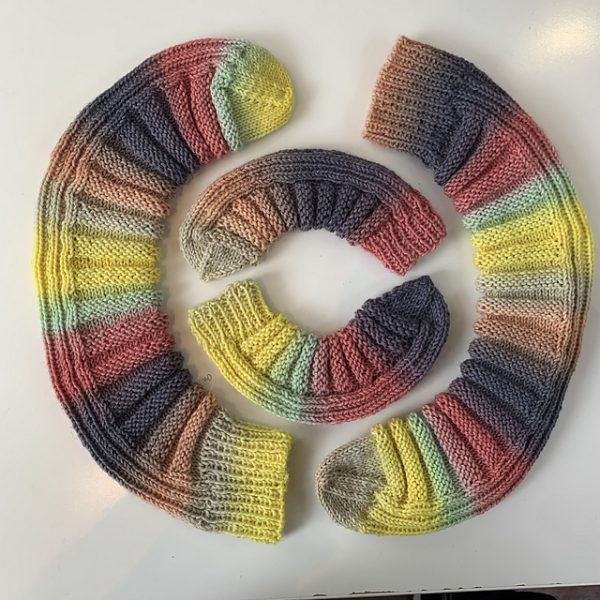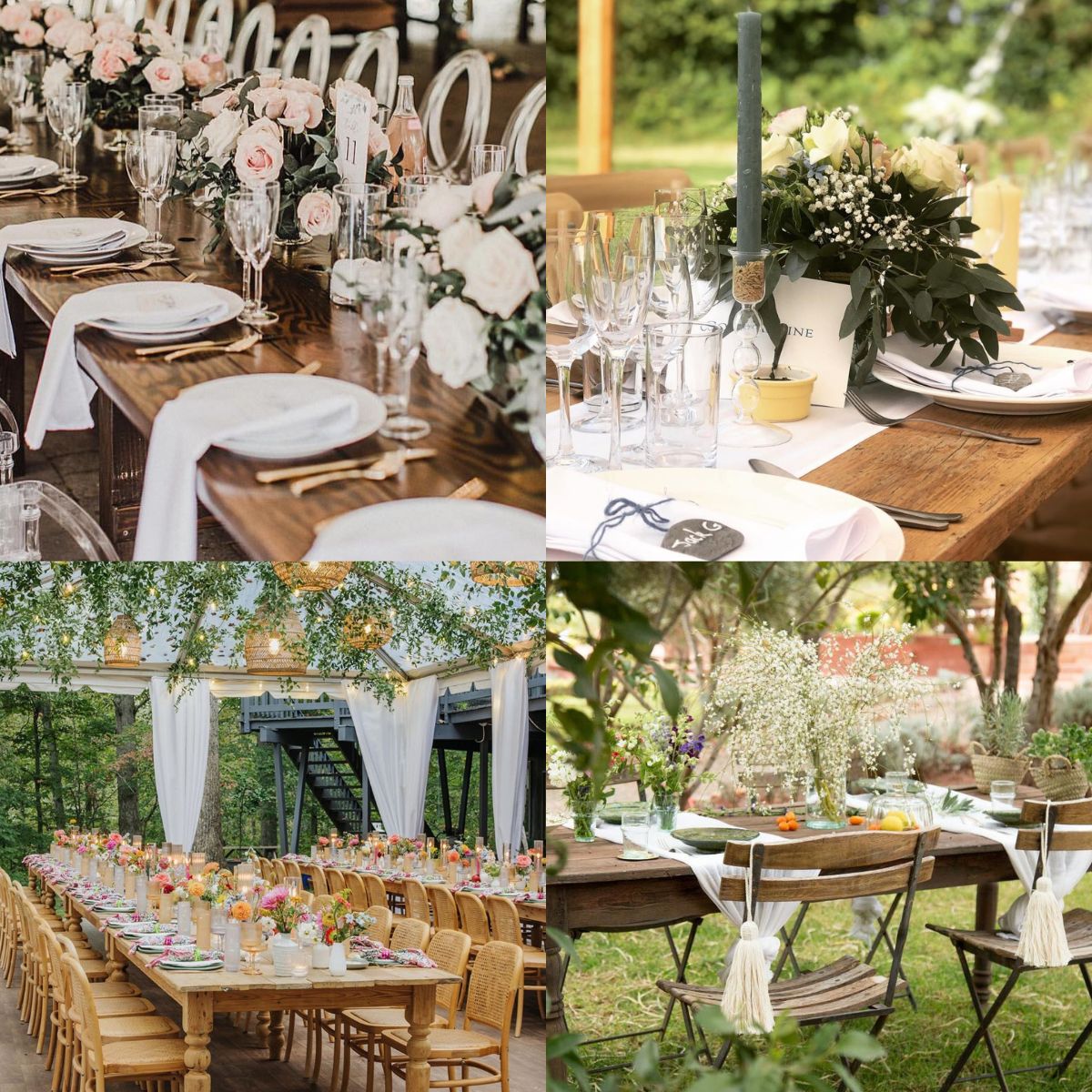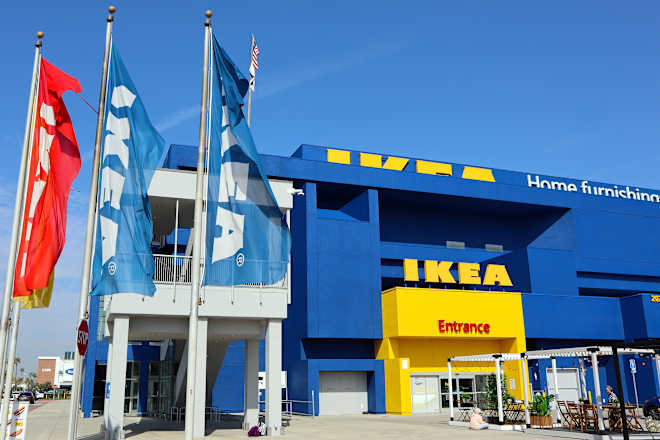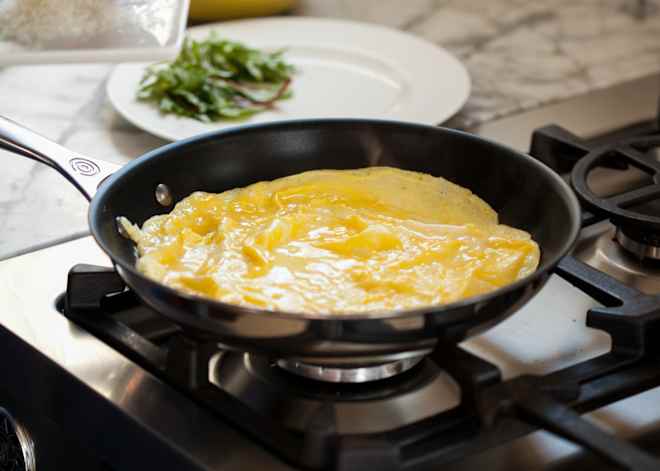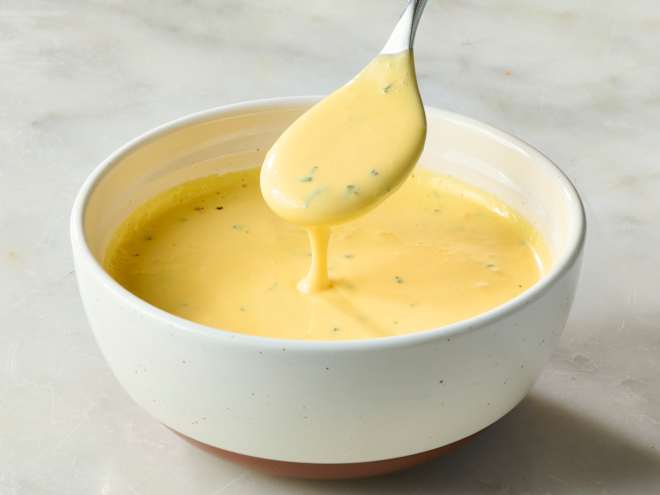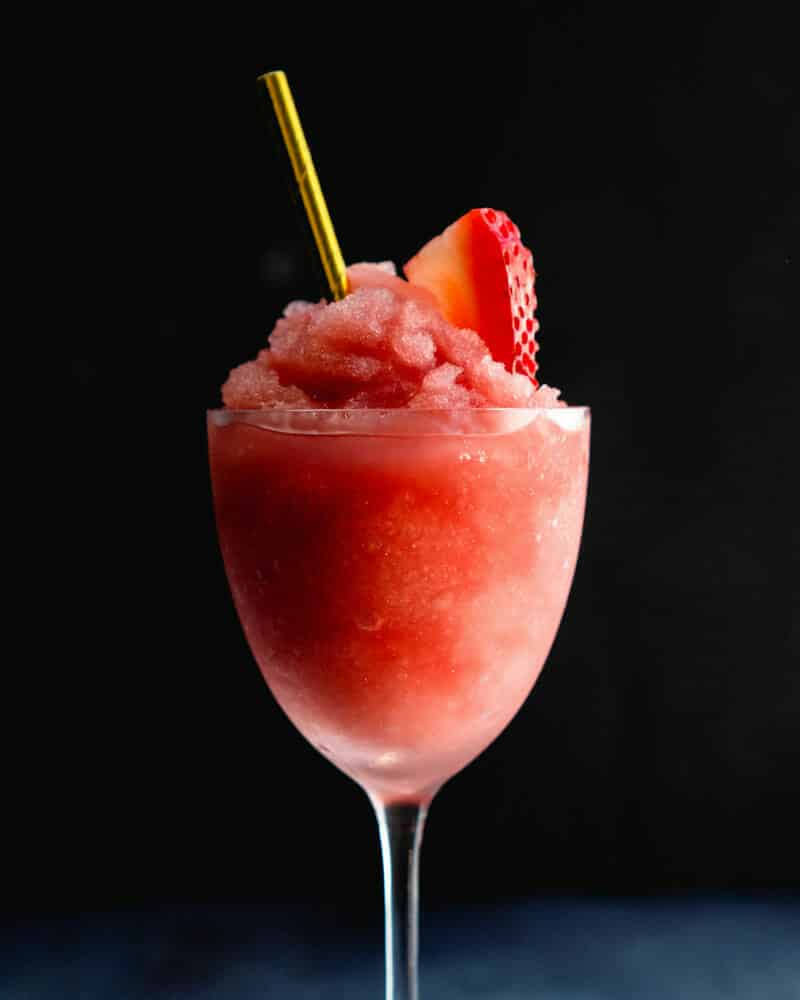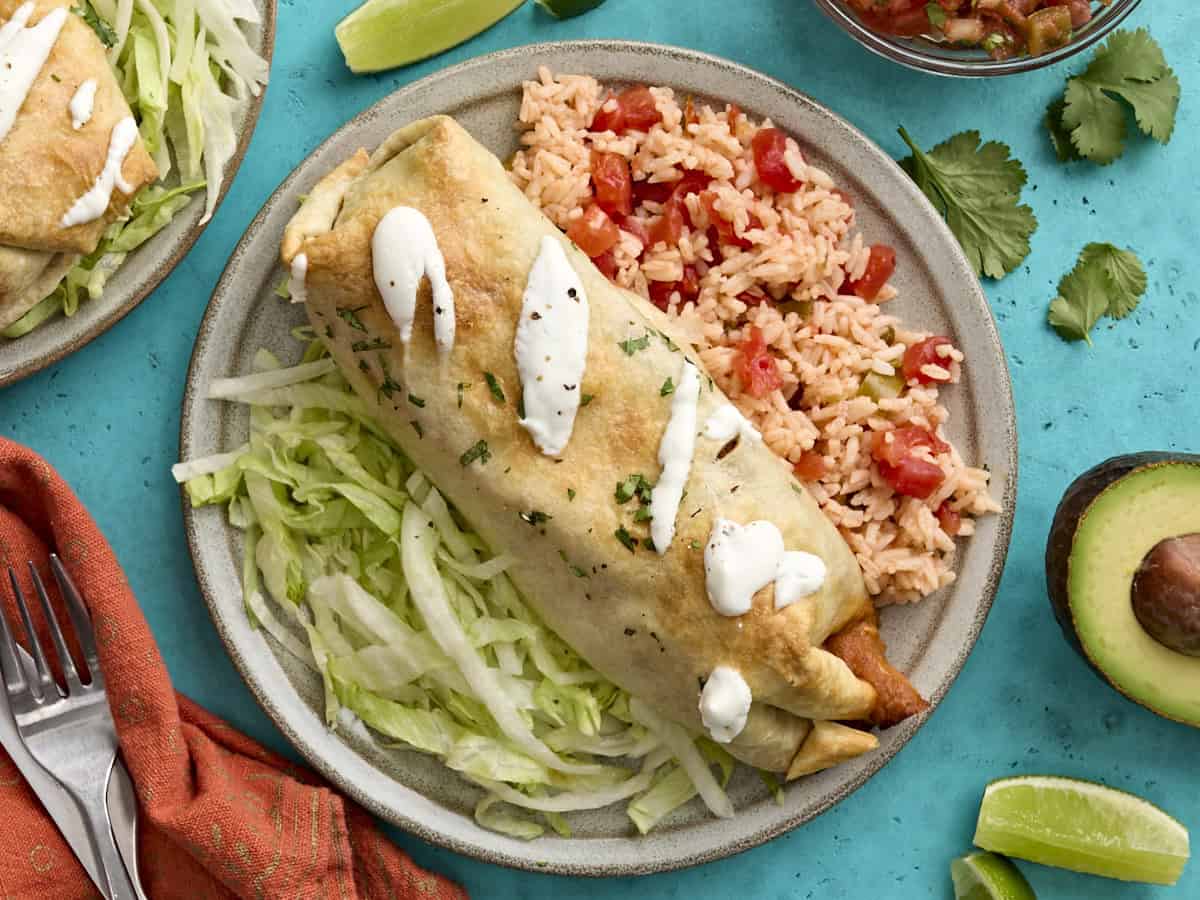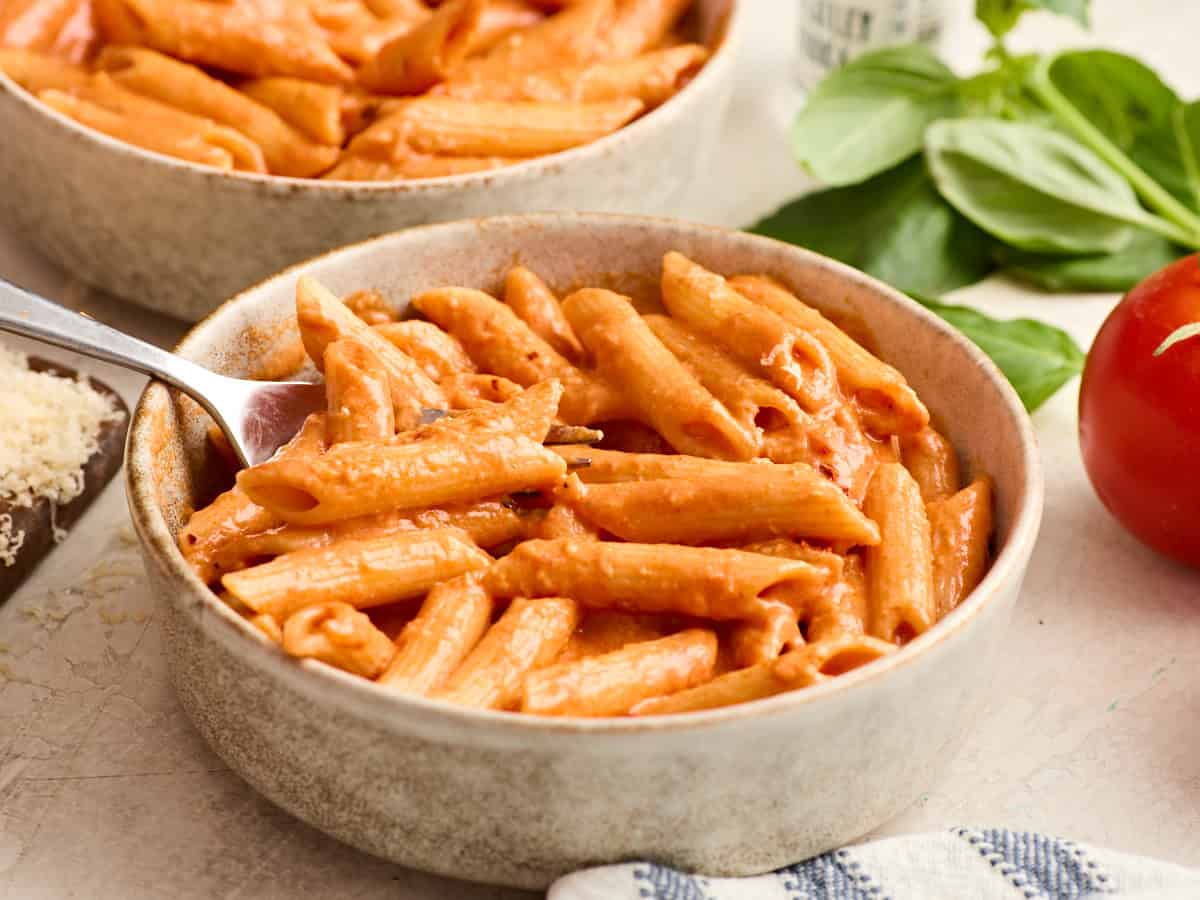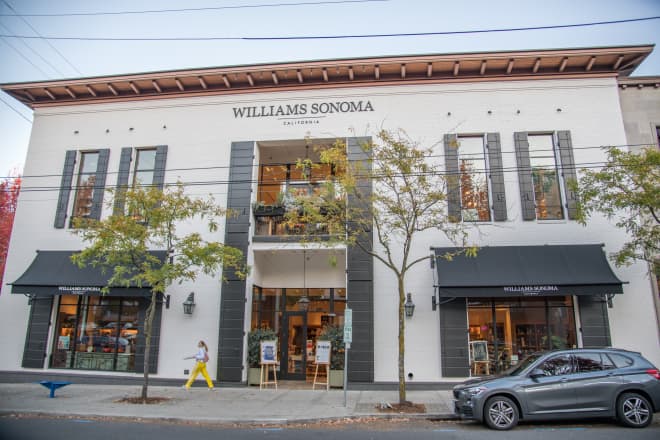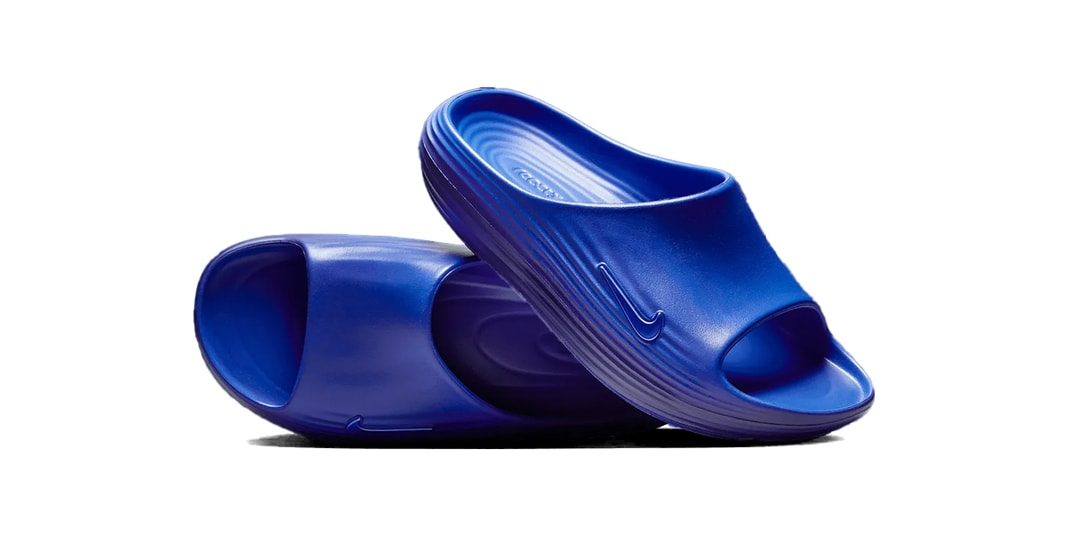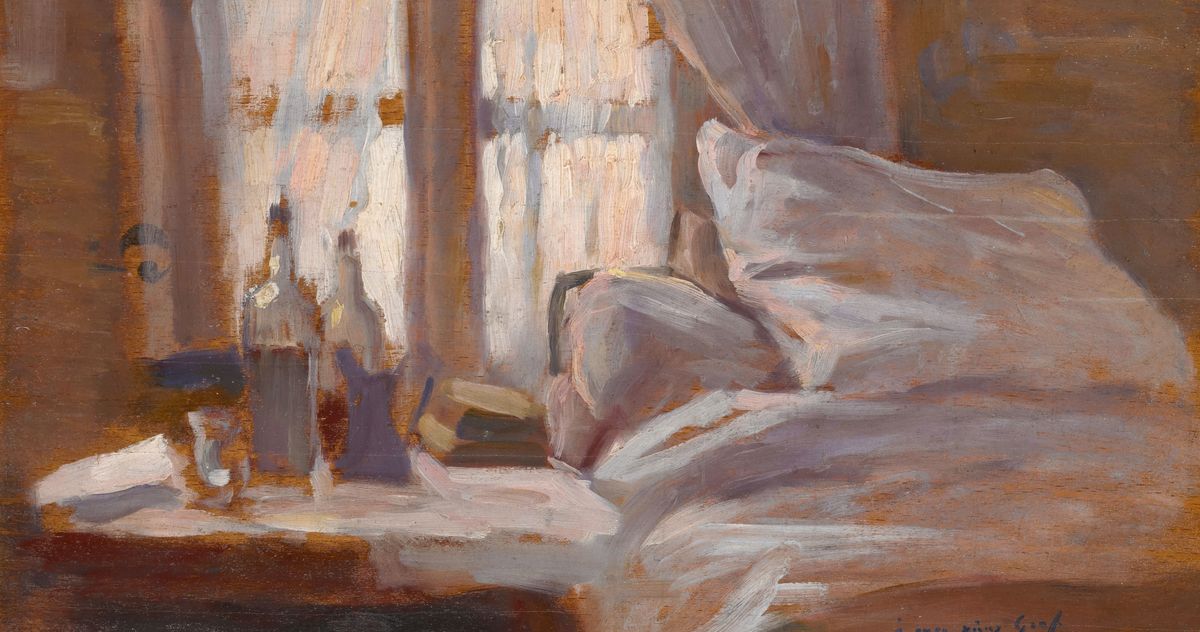Flavio al Velavevodetto in Rome, Italy
So attached are Romans to their quartet of iconic pastas, they’ll argue forever about where to find the best version of each. For carbonara (guanciale, eggs) they might favor Roscioli or Bacano; for amatriciana (guanciale, tomato sauce) Trecca in Garbatella; for gricia (black pepper, pecorino, guanciale) Trattoria Da Cesare al Casaletto is best. And for cacio e pepe (black pepper, pecorino—no guanciale)? Years before this pasta was even known outside Rome, let alone having a viral moment across the Atlantic, locals swore by the version prepared by chef Flavio di Maio at the Testaccio neighborhood stalwart, Felice. In 2009 di Maio opened Flavio al Velavevodetto right by Monte Testaccio—the iconic artificial hill composed of ancient Roman amphorae shards—taking Felice’s famous recipe and its regulars with him. Everything about this rootsy-yet-smart osteria with handsome stone arches cries romanissimo. Dogs bark somewhere; flowers peep from terracotta patio pots; the daily specials are recited to regulars as waiters frantically rush enormous hunks of abbacchio (roast baby lamb) to local three-generational families while ignoring the tourists (that’s romanissimo, too). The tonnarelli al cacio e pepe here is Rome in a pasta bowl: brash (the sting of the pepper, the salt of the Pecorino Romano); gritty (experts insist that you must feel the pepper and cheese grains on your tongue); and a bit challenging—as in the vigorous tossing and mixing required to emulsify all the ingredients without the cheese clumping up. Flavio’s trick is adding a splash of cold water to start the mantecatura, or blending, before tossing and stirring the pasta with cheese, pepper, and cooking water. Besides cacio e pepe, gricia, and carbonara, look out for primi del giorno, which might include fettucine with rigaglie, a ragù made from chicken innards including liver and heart. The thrifty Roman cucina povera ethos also powers the restaurant’s terrific polpette: crisp, breaded ping-pong balls of juicy meat leftover from yesterday's bollito misto. Tiramisu served in a glass is a sweet final touch.


So attached are Romans to their quartet of iconic pastas, they’ll argue forever about where to find the best version of each. For carbonara (guanciale, eggs) they might favor Roscioli or Bacano; for amatriciana (guanciale, tomato sauce) Trecca in Garbatella; for gricia (black pepper, pecorino, guanciale) Trattoria Da Cesare al Casaletto is best.
And for cacio e pepe (black pepper, pecorino—no guanciale)? Years before this pasta was even known outside Rome, let alone having a viral moment across the Atlantic, locals swore by the version prepared by chef Flavio di Maio at the Testaccio neighborhood stalwart, Felice. In 2009 di Maio opened Flavio al Velavevodetto right by Monte Testaccio—the iconic artificial hill composed of ancient Roman amphorae shards—taking Felice’s famous recipe and its regulars with him.
Everything about this rootsy-yet-smart osteria with handsome stone arches cries romanissimo. Dogs bark somewhere; flowers peep from terracotta patio pots; the daily specials are recited to regulars as waiters frantically rush enormous hunks of abbacchio (roast baby lamb) to local three-generational families while ignoring the tourists (that’s romanissimo, too).
The tonnarelli al cacio e pepe here is Rome in a pasta bowl: brash (the sting of the pepper, the salt of the Pecorino Romano); gritty (experts insist that you must feel the pepper and cheese grains on your tongue); and a bit challenging—as in the vigorous tossing and mixing required to emulsify all the ingredients without the cheese clumping up. Flavio’s trick is adding a splash of cold water to start the mantecatura, or blending, before tossing and stirring the pasta with cheese, pepper, and cooking water.
Besides cacio e pepe, gricia, and carbonara, look out for primi del giorno, which might include fettucine with rigaglie, a ragù made from chicken innards including liver and heart. The thrifty Roman cucina povera ethos also powers the restaurant’s terrific polpette: crisp, breaded ping-pong balls of juicy meat leftover from yesterday's bollito misto. Tiramisu served in a glass is a sweet final touch.



























































